THE JOY OF SPORTS
THE JOY OF SPORTS
Revised Edition
End Zones, Bases, Baskets, Balls,
and the
Consecration of the American Spirit
Michael Novak

Copyright 1976, 1988, 1994 by Michael Novak
All rights reserved. No part of this book may be reproduced in any form or by any electronic or mechanical means, including information storage and retrieval systems, without written permission from the publisher, except by a reviewer who may quote passages in a review.
Published by Madison Books
An imprint of The Rowman & Littlefield Publishing Group, Inc.
4501 Forbes Boulevard, Suite 200
Lanham, Maryland 20706
PO Box 317
Oxford
OX2 9RU, UK
Distributed by National Book Network
Library of Congress Cataloging-in-Publication Data
Novak, Michael.
The joy of sports : end zone, bases, baskets, balls and the consecration of the American spirit / Michael Novak.Rev. ed.
p. cm.
Includes bibliographical references and index.
1. SportsUnited StatesHistory. I title.
GV583.N64 1993
796.0973dc20 93-8815 CIP
ISBN 978-1-5683-3009-9
 The paper used in this publication meets the minimum requirements of American National Standard for Information SciencesPermanence of Paper for Printed Library Materials, ANSI/NISO Z39.48-1992.
The paper used in this publication meets the minimum requirements of American National Standard for Information SciencesPermanence of Paper for Printed Library Materials, ANSI/NISO Z39.48-1992.
Manufactured in the United States of America.
Acknowledgments
I AM GRATEFUL to the following for permission to reprint some of the materials in this book.
The Washington Post, for items from the front page of October 11, 1924.
The editors of Harvard Magazine for Crimson Lines of Appreciation to Philips Andover Academy, by Francis Whiting Hatch. Copyright 1975 Harvard magazine.
The Los Angeles Dodgers and Vince Scully for the transcript of the broadcast of the last inning of the game of September 9, 1965.
The Notre Dame Observer, for Letters to a Lonely God, by the Reverend Robert Griffin, C.S.C.
The Intellectual Digest for selections from I Experience a Kind of Clarity, by John Brodie and Michael Murphy.
Harper & Row, for a passage from The City Game, by Peter Axthelm. Copyright 1970 by Peter Axthelm.
Creative Living for Reflections on the Olympics, 1984, the Appendix.
Contents
Preface
TOMORROW, even as I write these words, I hope to travel over to the Orioles Stadium at Camden Yard, brand new and now the most pleasant stadium in America, to watch the Baltimore Orioles struggle for first place against the Toronto Blue Jays. My wife and youngest daughter, now nearly 20, will be with me. We will lean back in the shiny new seats and, looking down on the closecut green under the soft light, bite into Italian sausages (so smothered in green peppers that the buns will fall apart), and we will yell for the Orioles. The yelling will begin with the loud O that the fans shout during the national anthem at the beginning of the line O! Say does that star-spangled banner yet... And we will be depressed afterwards, walking through the parking lot, if the Os dont win.
I am glad that two of our three children share my love of the three great American public liturgies: baseball, basketball, and football. (The youngest is a sophomore at Duke. She argues against all comers that her class is responsible for the two recent back-to-back national championships of the Duke Blue Devils, otherwise, why didnt they win before?) And I am grateful that my wife Karen, who is not quite a believer in the myths of sport, still pretends to accept my explanation that I could not attend to household duties during the year spent writing this book because of research, even though all she actually saw me doing was watching television. A great wife.
Thanks are due, too, to Jed Lyons of the University Press of America for keeping this book in print and for inviting me, on this reprinting, to make some revisions and additions to update it. Luckily, two very good interns, Matthew Baldwin and Robert Lakind, took charge of inserting new numbers and other factual details throughout the text.
It seems almost impossible to me that 16 World Series have come and gone since the first edition went to press. From that long span of years, I cherish my good memories from Notre Dame football, especially in 1988... the Washington Redskins in many great playoff games... Duke and Syracuse in NCAA basketball tournaments... the Orioles and the Dodgers (who, despite being now so far away, are still my first love)... Still... still, how can it be that so many seasons have slipped away, baseball, to football, to basketball? How can time taken all together dissolve like that, when each moment of suspense seemed like eternity? In the heat of a game, one lives in an eternal now, the way everything will be forever. Intimations of eternal life break into consciousness: all action overflowing, cupped up, compressed as one, everything in highest concentration.
I can still hear, years ago, my mother calling me from across the field, Dinnertime! when I knew it couldnt be, we had just started, and all consciousness of time had disappeared into now. I remember bafflement, the cool air blowing through my sweaty shirt, as I stood there, interrupted, on the patchy vacant lot that had just been paradise.
Eternity, the theologians say, is not extended time but altogether different, a different sphere of being, all-gathered-up simultaneity, presence, now. Those who have experienced contemplationin prayer, play, the theater, painting, holding ones own infant in ones arms and, yes, in sportshave already tasted it. We will know, at least, what to look for when we die.
So where did the last years go? Where did they all go? Portions of them, at least, were spent in play-eternity, getting the hang of it, so to speak. I think I can say, as a veteran, I like it, and wont object at all to more of it, in the presence of the Most Beloved.
God is a sports fan. Certainly He is, if He likes to see humans straining to their utmost to be the best He made them, making moments of imperishable beauty. Sports have to be among His glories. I do not pretend to speak for Him but, looking everywhere for signs, I am often reminded of Him, not least by deeds of excellence and beauty. And so I think He must be, yes, an Artist Who sees and approves of what Hes made. So exquisitely, for the pleasure of the rest of us.
A word of thanks, too, to Midge Decter, the editor who first encouraged me and saw me through this book. And to Norman Podhoretz, Philip Rieff (who laid a finger alongside his nose broken, he recalled with pride, playing stickball in the streets), and other highly esteemed intellectuals who, far from laughing when I told them of the book on sports Id just begun in 1975, offered their enthusiasm and a few war stories of their own.
Indeed, since those days, serious books on sports have multiplied enormously, academic departments of sports have flourished, new academic journals of sports have appeared, and new writers in the field, far from feeling fear of being alone, as I did, will fear instead that there is too much to master before they can begin to type. Even the new
Next page

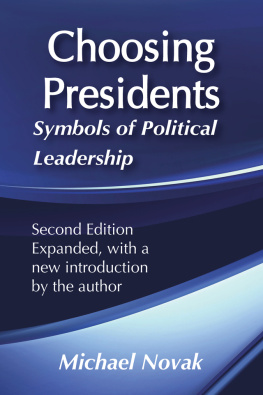
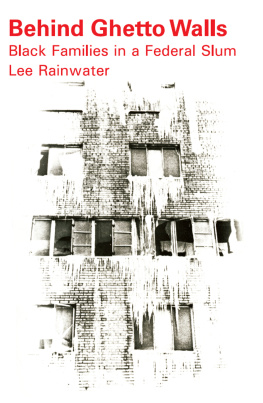
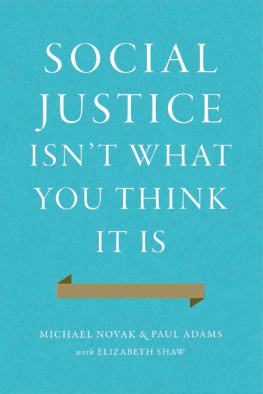
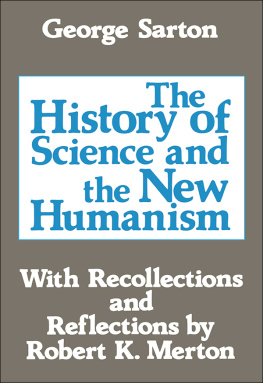


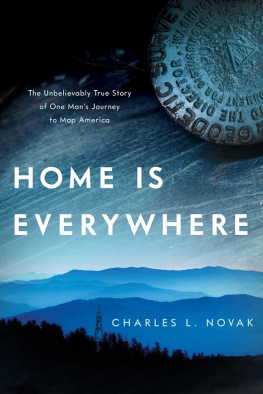

 The paper used in this publication meets the minimum requirements of American National Standard for Information SciencesPermanence of Paper for Printed Library Materials, ANSI/NISO Z39.48-1992.
The paper used in this publication meets the minimum requirements of American National Standard for Information SciencesPermanence of Paper for Printed Library Materials, ANSI/NISO Z39.48-1992.